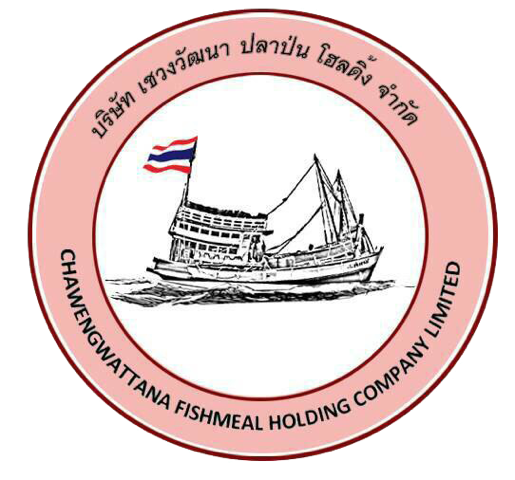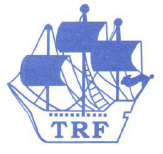Join Now | Free Trial | Login | Membership
China last week made its biggest purchase of U.S. pork in two weeks, U.S. Department of Agriculture data showed on Thursday, as Beijing seeks to ease supply shortages caused by the spread of a fatal hog disease.
The USDA is expected to confirm more Chinese purchases next week, traders said, after the world’s biggest pork consumer and hog producer bought 3,375 tonnes of pork from Sept. 13-19.
China commerce ministry spokesman Gao Feng said Chinese firms made significant purchases of U.S. pork that were exempt from retaliatory tariffs imposed during the countries’ ongoing trade war.
“They are definitely inquiring,” said Dennis Smith, commodity broker for Archer Financial Services in Chicago.
China needs meat because it is struggling with an outbreak of African swine fever, which has decimated its herd over the past year and pushed domestic pork prices to record highs. The incurable disease has spread in Asia. South Korea confirmed its seventh case on Thursday, just over a week after the virus was first detected.
Rising U.S. cash prices for pork confirm the recent increase in sales to China, Smith said. Hog carcass prices rose by 67 cents per cwt on Wednesday afternoon, according to USDA estimates.]
“We’re seeing the cash hogs bottom out,” Smith said. “We’re seeing packers expand their kill schedule and there’s only one reason they’d do that. That’s if they’re feeling increased demand on their end.”
China on Sunday plans to hold its third auction this month of frozen pork from its state reserves to ease domestic supply shortages from African swine fever. The meat was imported from the United States, Germany and other countries.
A resolution to the bruising trade war could open the door for even more American pork exports to China. The countries’ trade negotiators are expected to meet in Washington in about two weeks to determine if they can start to chart a path out of the dispute or are headed for new and higher tariffs on each others’ goods.
Back to listing



























